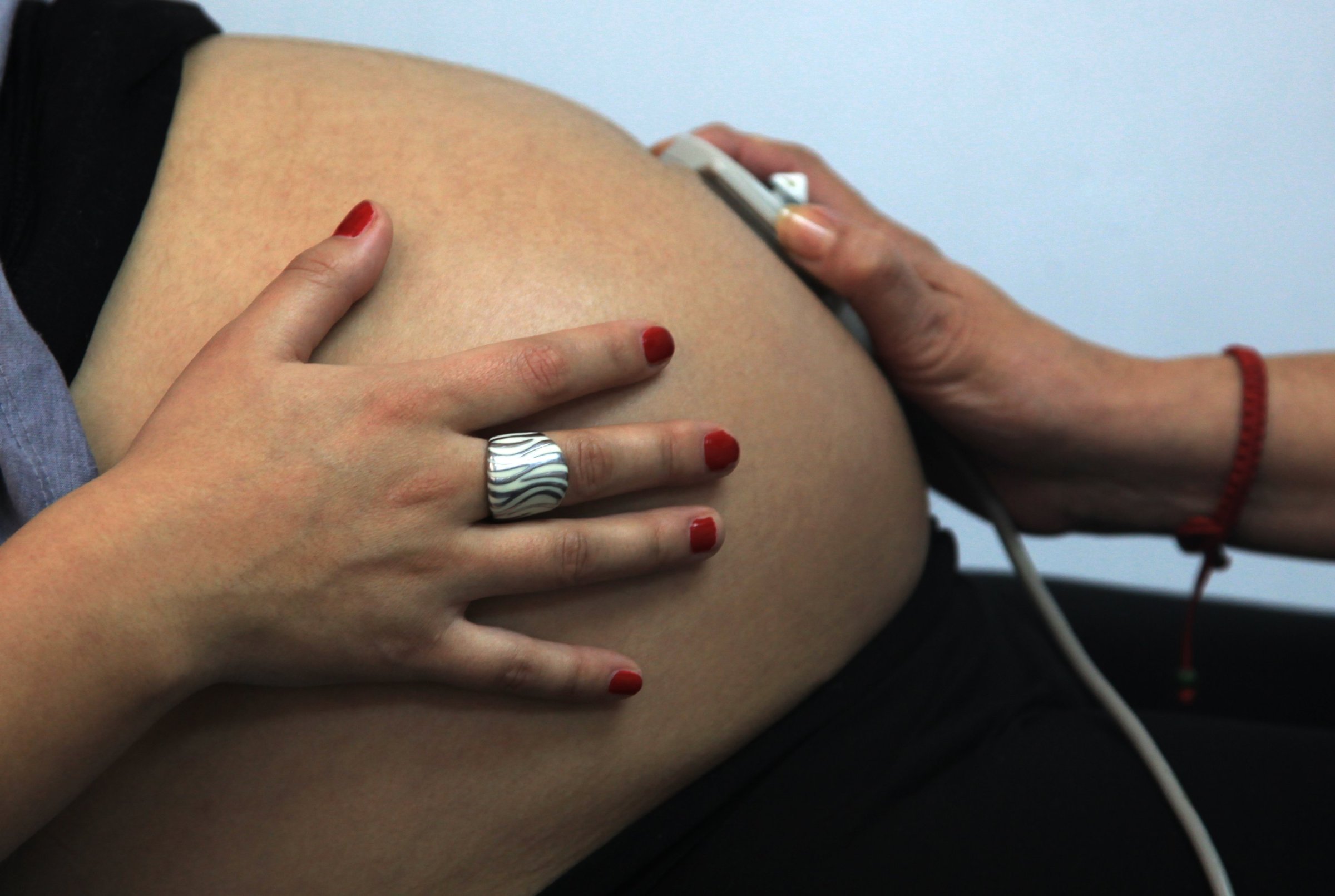
According to the most recent figures, the U.S. birth rate fell again in 2013, down 9% from the 2007 high. The big reason for this is that fewer women under 30 are getting pregnant. But, interestingly enough, there was actually an increase in births for women over 30.
Still, as many hopeful parents know, it isn’t always easy to bring a new life into the world. So from apps to wearables, here are four ways technology can help you get pregnant:
Track your cycle:
There’s an app for everything under the sun, so of course there’s more than a couple for monitoring your body. Glow Fertility Tracker, a free app for Android, Amazon, and iOS, can help women chart and track their fertility and periods, forecasting peak ovulation days to improve their chances of conception. With modes for women undergoing IVF or IUI, the app does everything from reminding you to get your prescriptions to integrating data with Apple Health.
Likewise, the free Ovia Fertility app, available for Android and iOS, can keep track of periods, ovulation, and a variety of other helpful statistics like blood pressure and basal body temperature. But in comparing the user’s data with more than 800,000 other users, the app is able to use its predictive engine to crank out ovulation dates it claims are accurate. According to Ovuline, which makes the app, Ovia’s users conceive up to three times faster than the national average.
Swab your spit:
As science marches on, there will probably be dozens of ways for us to know when peak baby-making time is. A new one is the FDA-cleared Knowhen Saliva Fertility Monitor. This $59 spittoon is to be used first thing in the morning, even before you brush your teeth. Just drop a gob of saliva into a lens, wait between five and 15 minutes for the spit to dry, drop the lens into a tube, and look through the tube at the lens to compare the dried spit with an accompanying chart.
The reason it works is that ovulating women have high levels of estrogen, which affects salt retention. Saltier saliva samples look more crystalline when viewed through Knowhen, which is actually a mini microscope, letting women better tell when they’re ready.
Keep your temperature in check:
Tracking your basal body temperature, or your body’s lowest temperature throughout the course of a day, is another popular way to see if you’re ready to conceive. But to record that number, you have to take your temperature right when you wake up and without moving much. Duo Fertility is an FDA-approved wearable sensor that measures your body’s vitals, making it easy to see what your temperature is first thing in the morning.
But it doesn’t come cheap (then again, neither do kids), costing $795 — well above a $9 thermometer, though Duo also gives you access to an online dashboard, automated reports for your doctor and other benefits. A similar but much cheaper product called Tempdrop is scheduled to come to market this spring. A wearable sensor that pairs with a smartphone app, this $69 device is worn when sleeping, collecting all the temperature information needed to forecast your ideal fertility days without needing to use a thermometer every morning.
Mind your bump:
Once the sperm and egg form an ovum, it’s time to keep track of how things are going. BabyBump is an excellent app for expectant mothers, explaining all the magic and science that’s going on inside them, every day. But more than just a pregnancy-tracking app, BabyBump is also a social network where parents from all over can consult each other on forums. On top of that, it’s full of great information regarding your baby’s ideal size and development.
Top 10 Tech Product Designs of 2014
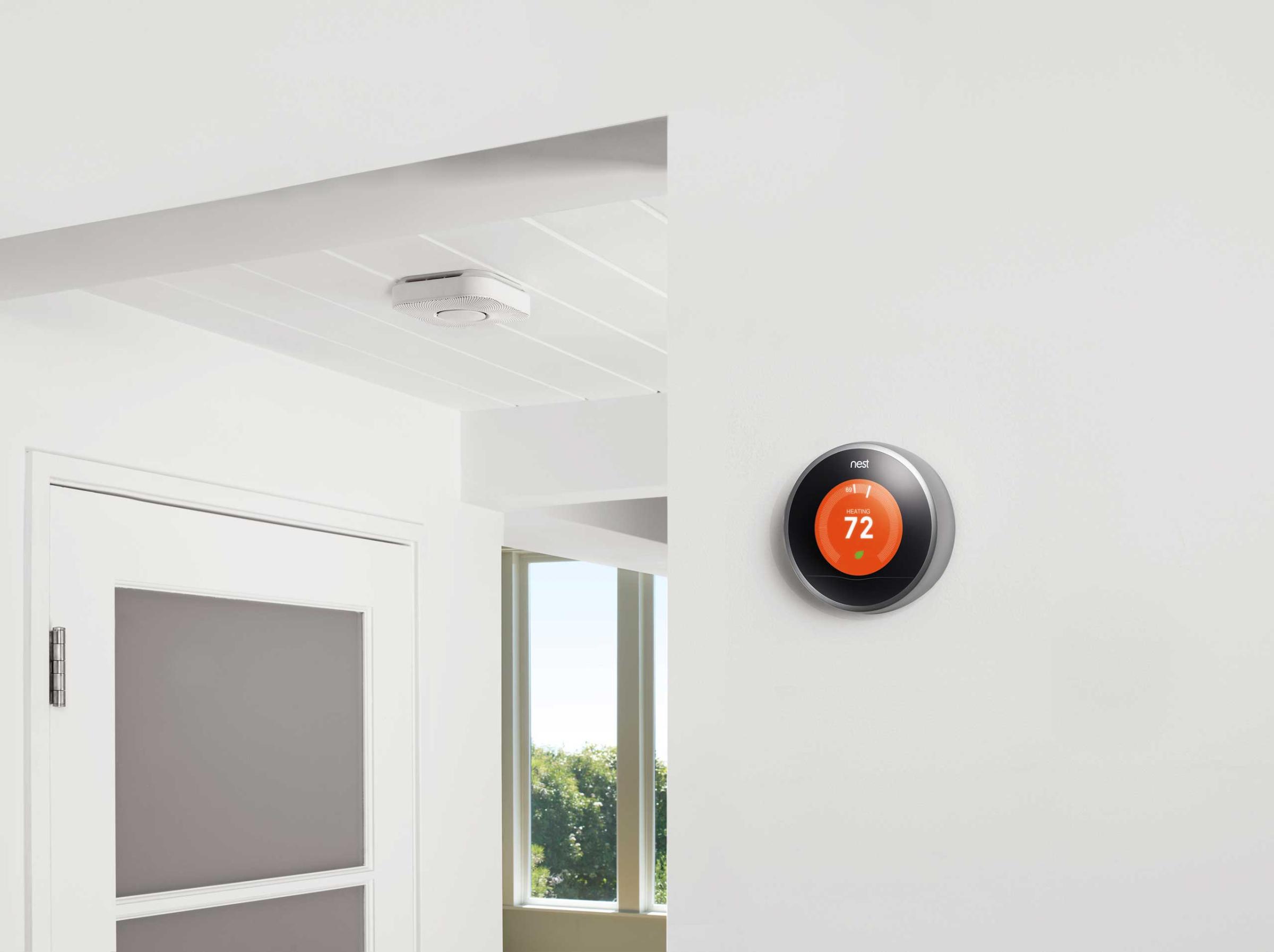
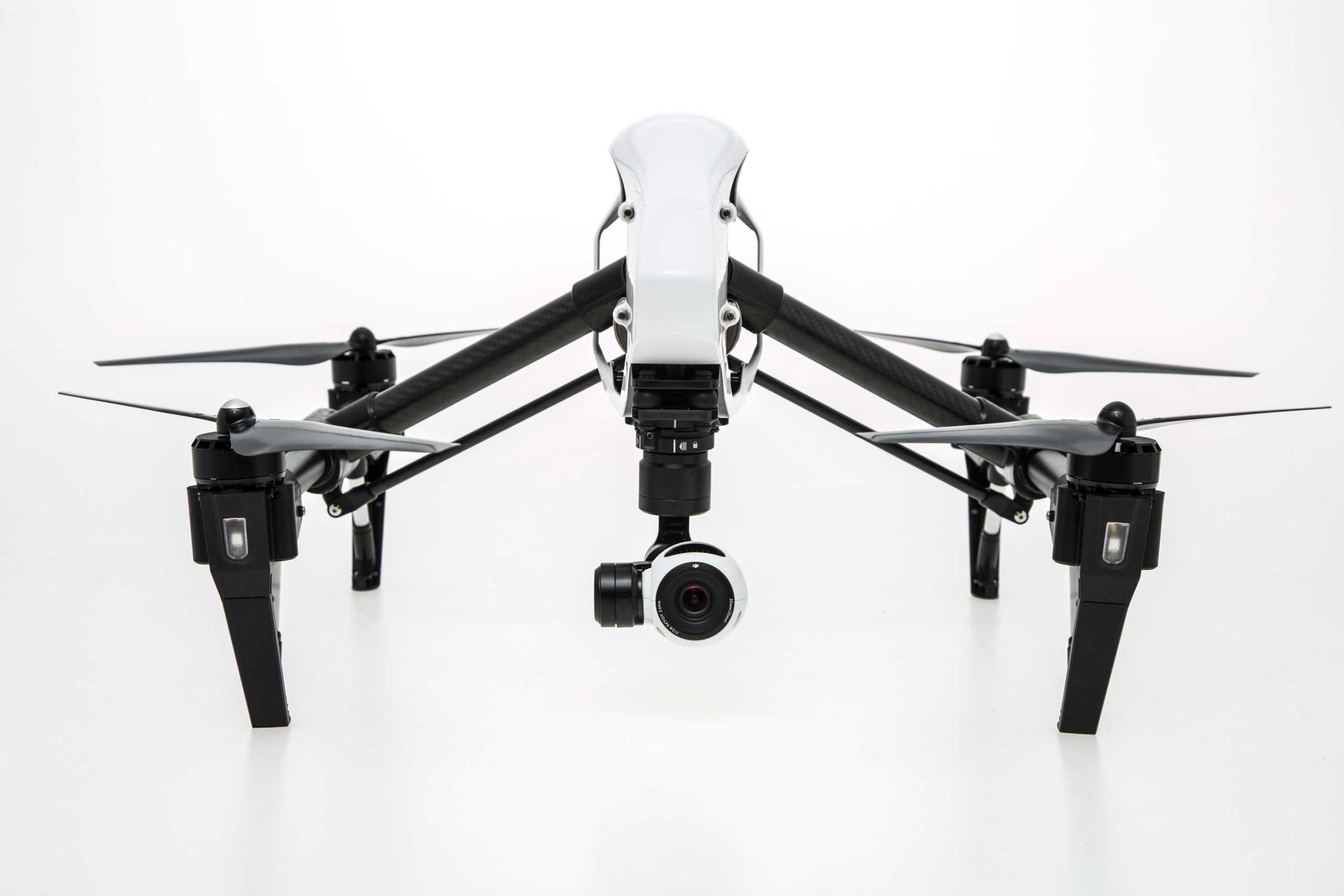
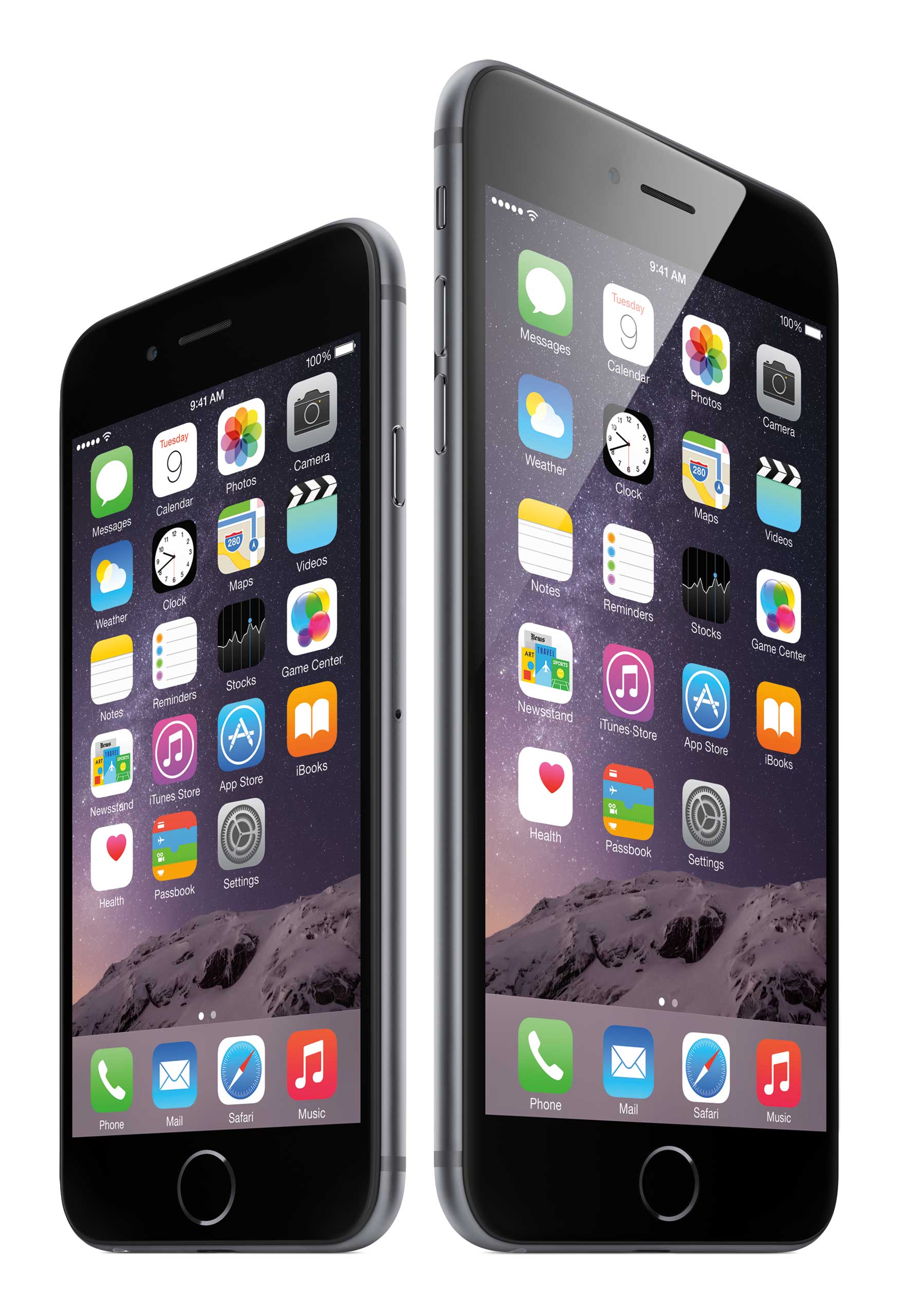
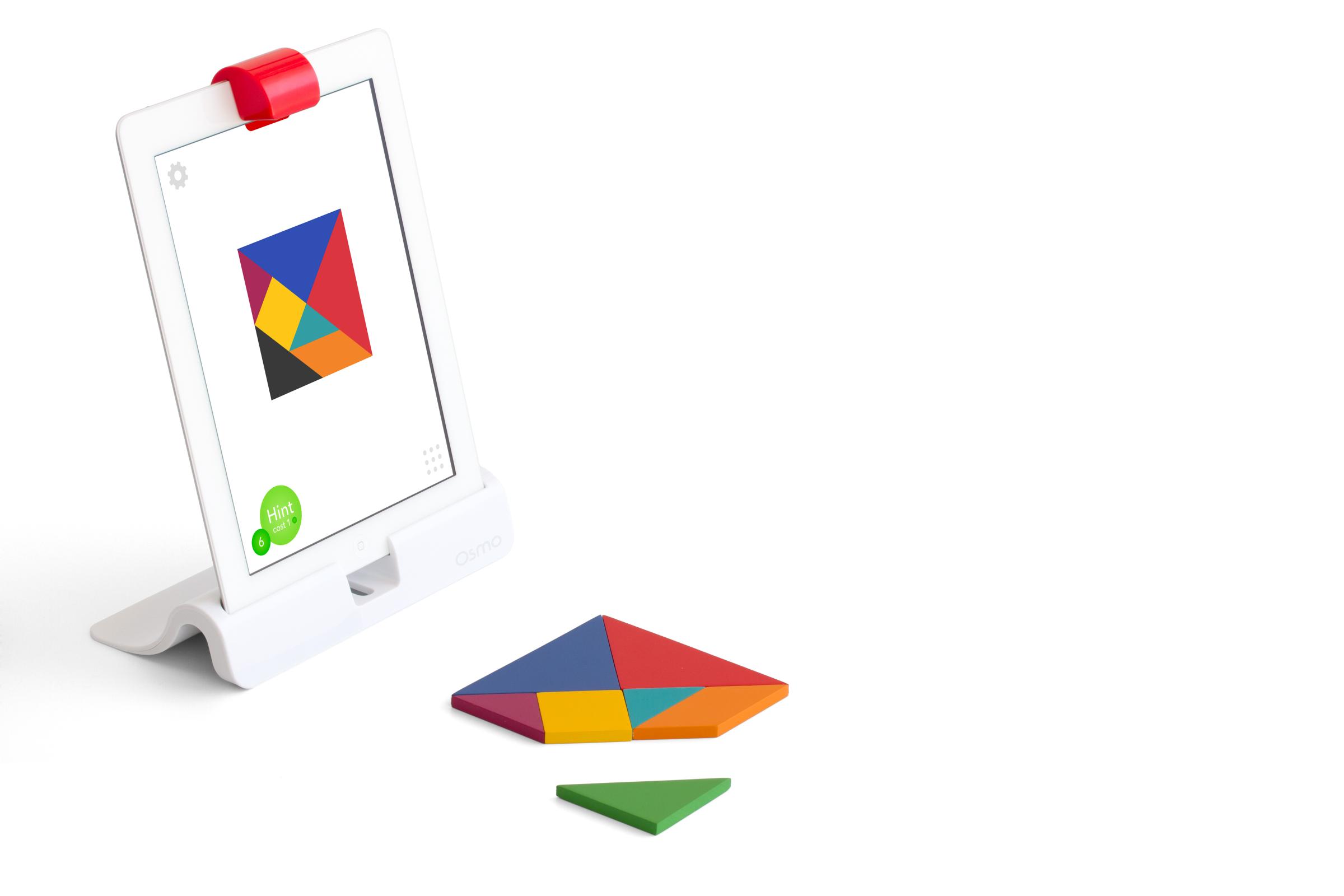

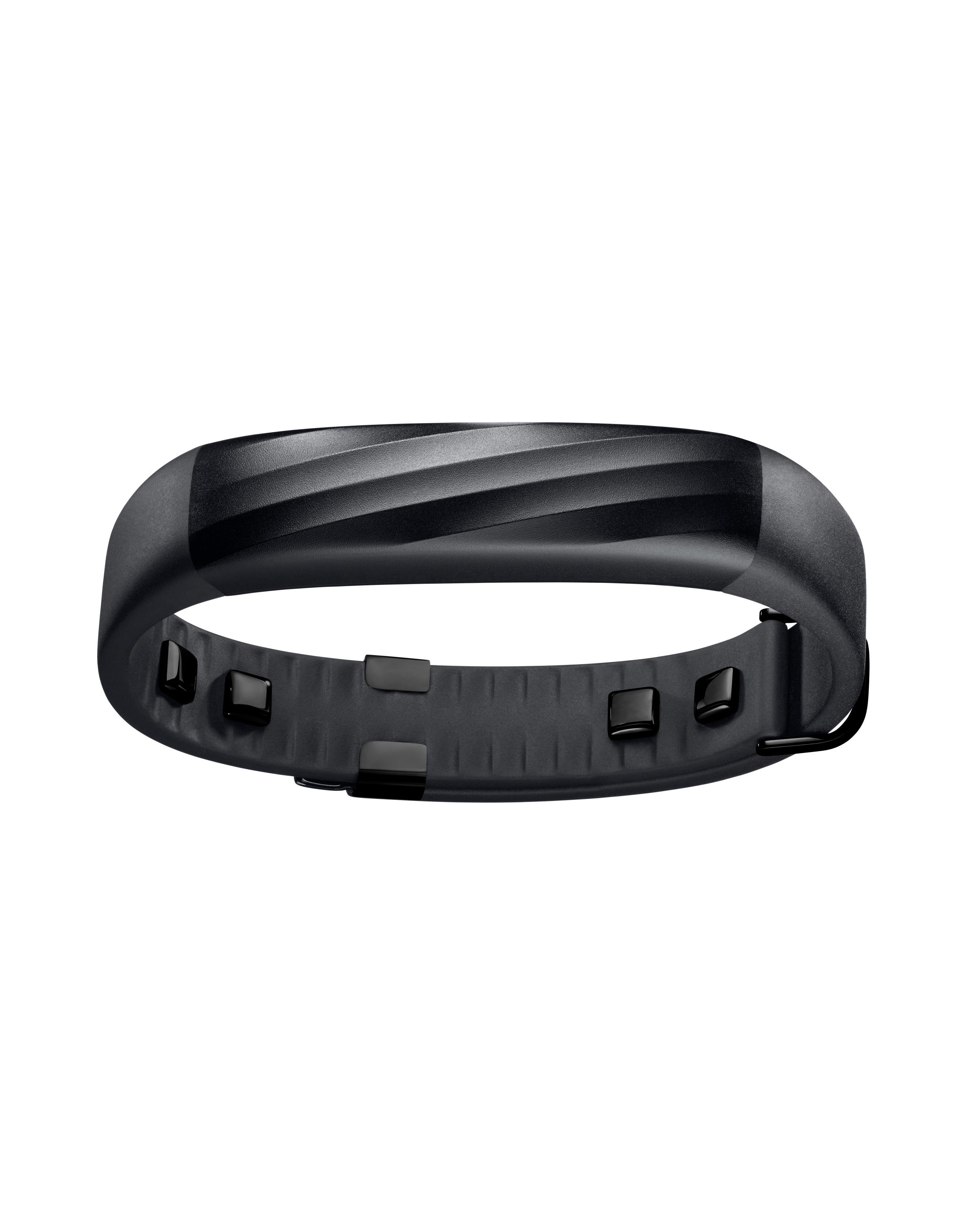
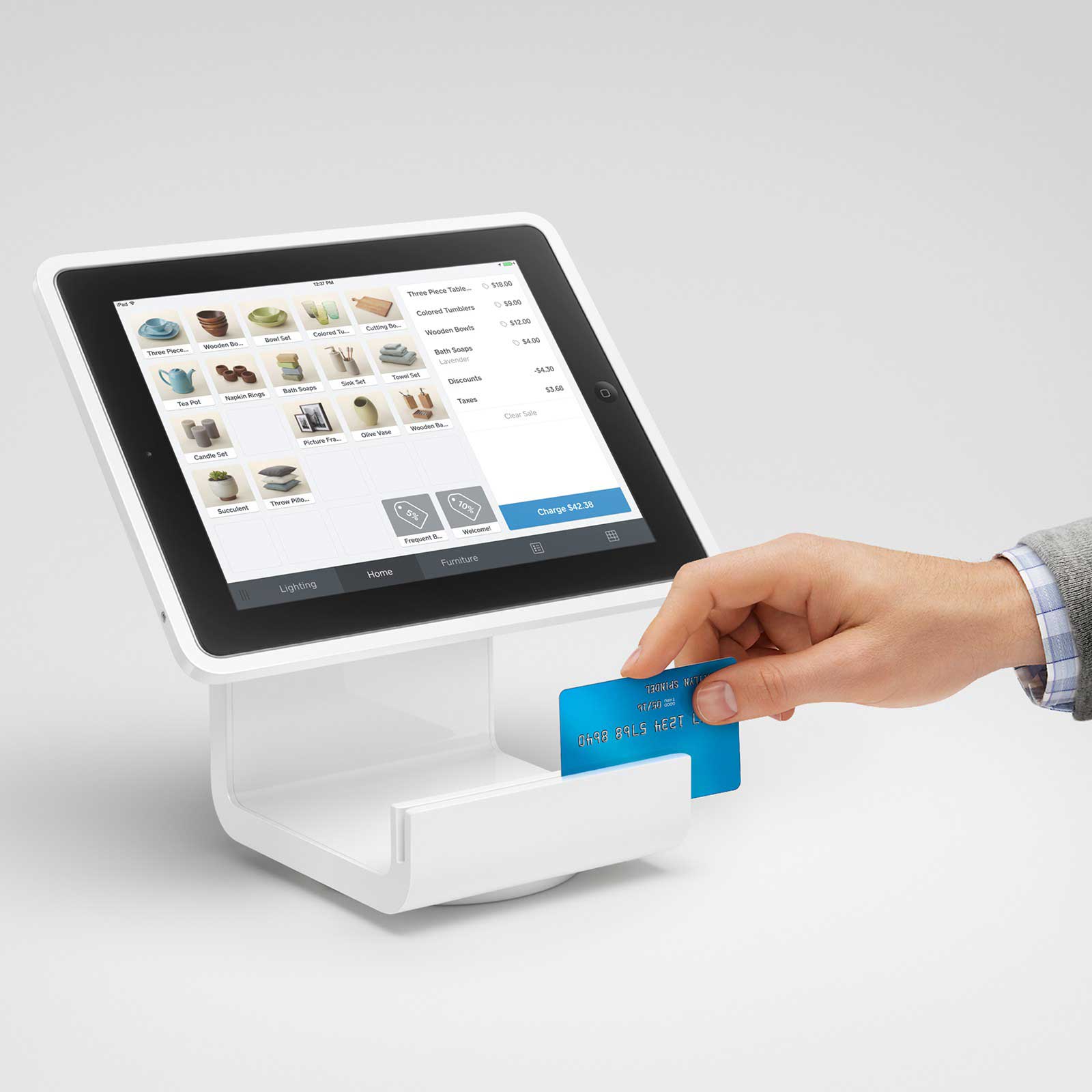

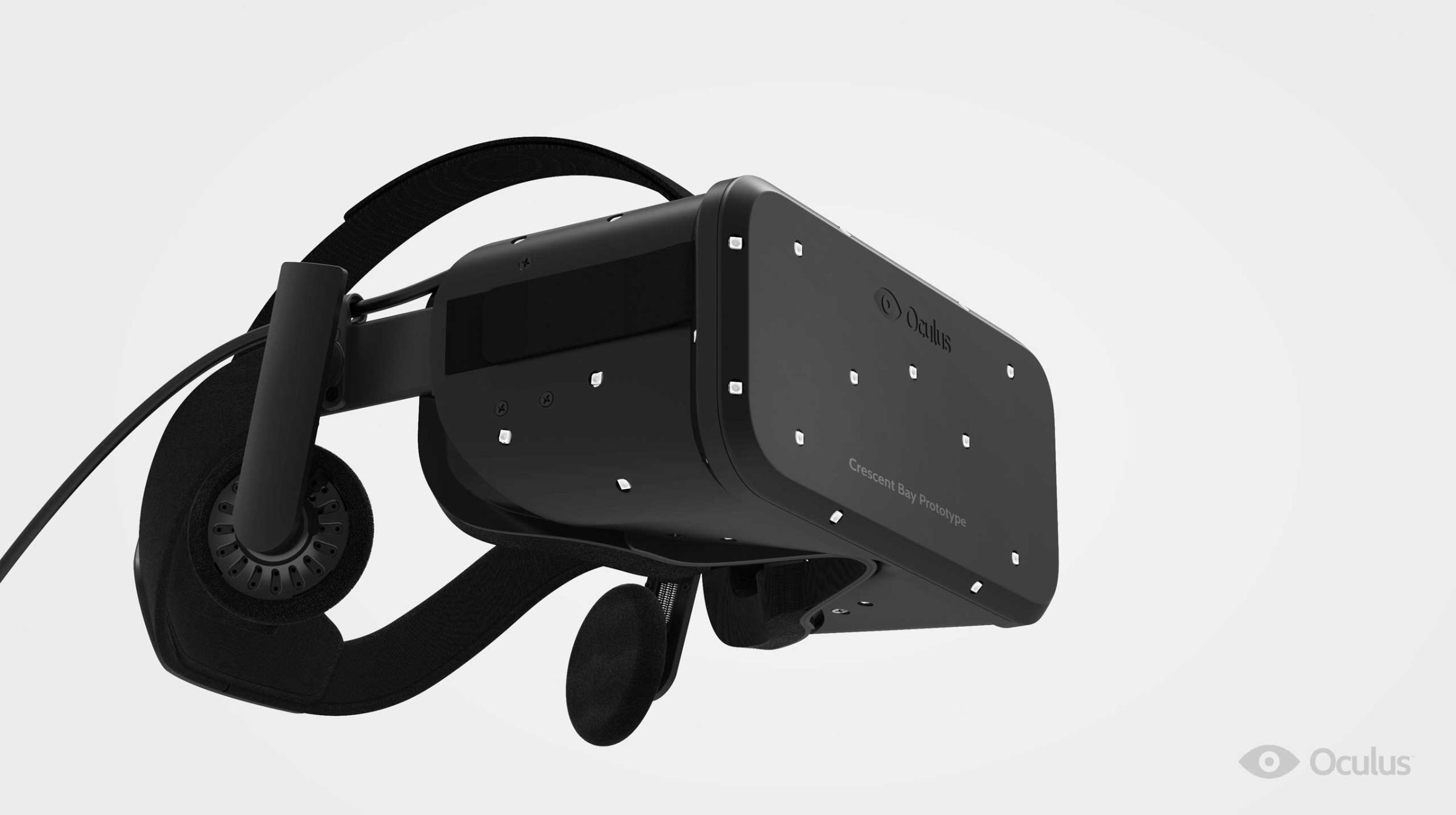
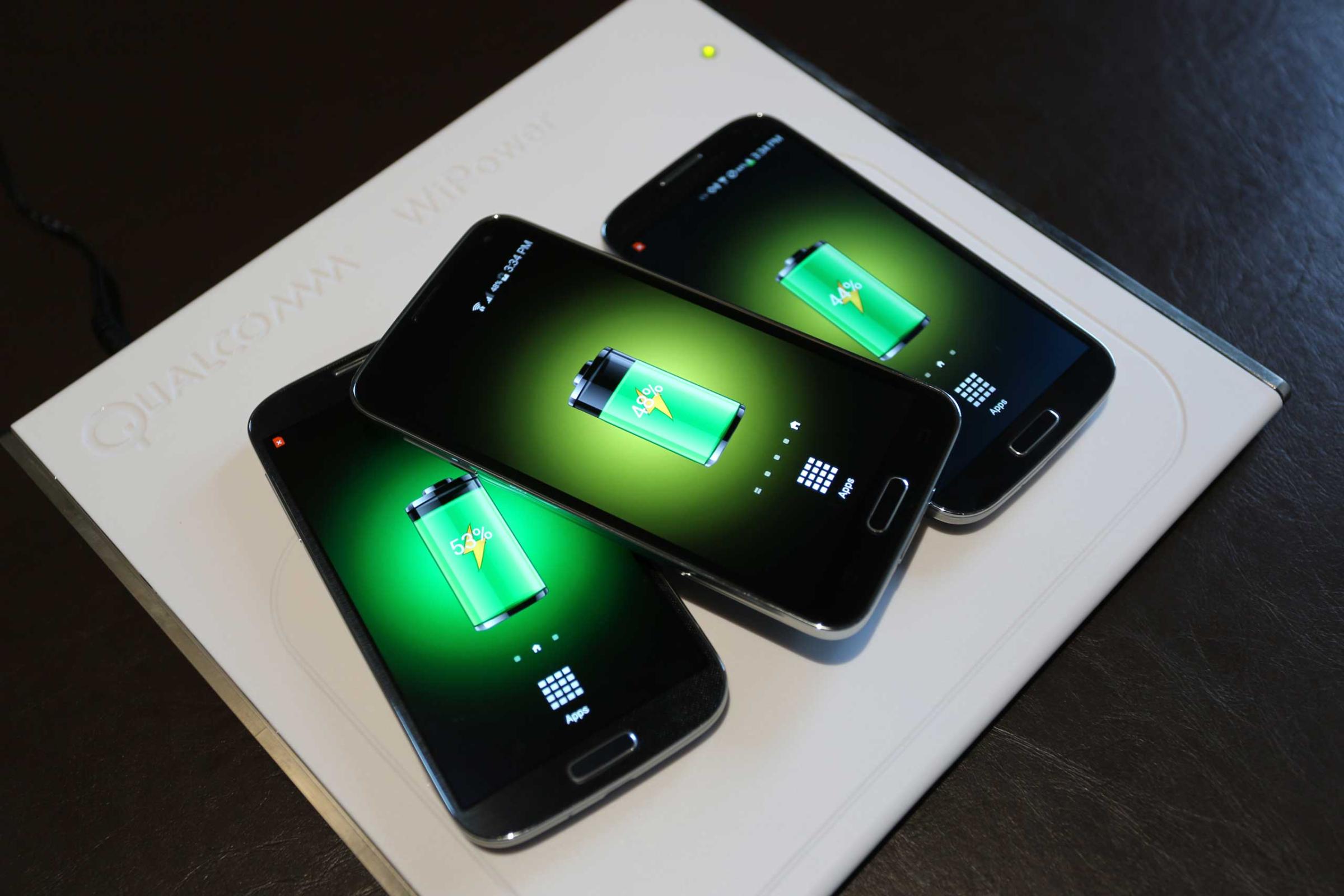
More Must-Reads from TIME
- Donald Trump Is TIME's 2024 Person of the Year
- Why We Chose Trump as Person of the Year
- Is Intermittent Fasting Good or Bad for You?
- The 100 Must-Read Books of 2024
- The 20 Best Christmas TV Episodes
- Column: If Optimism Feels Ridiculous Now, Try Hope
- The Future of Climate Action Is Trade Policy
- Merle Bombardieri Is Helping People Make the Baby Decision
Contact us at letters@time.com